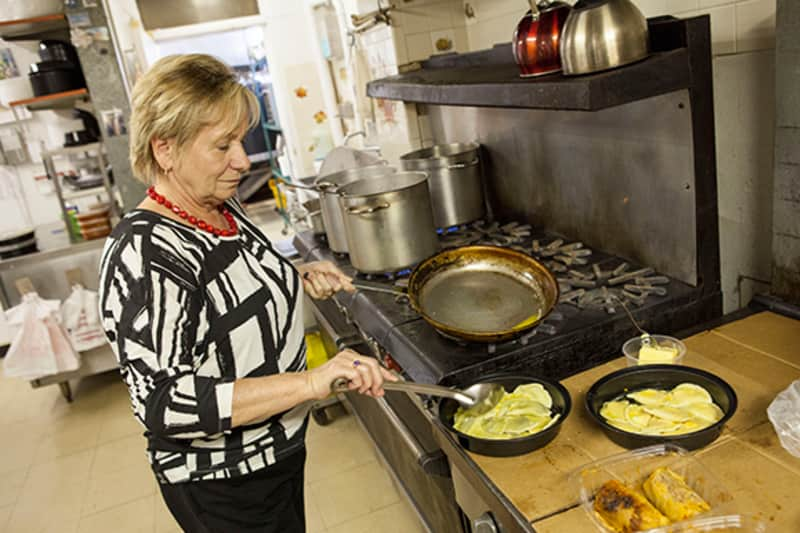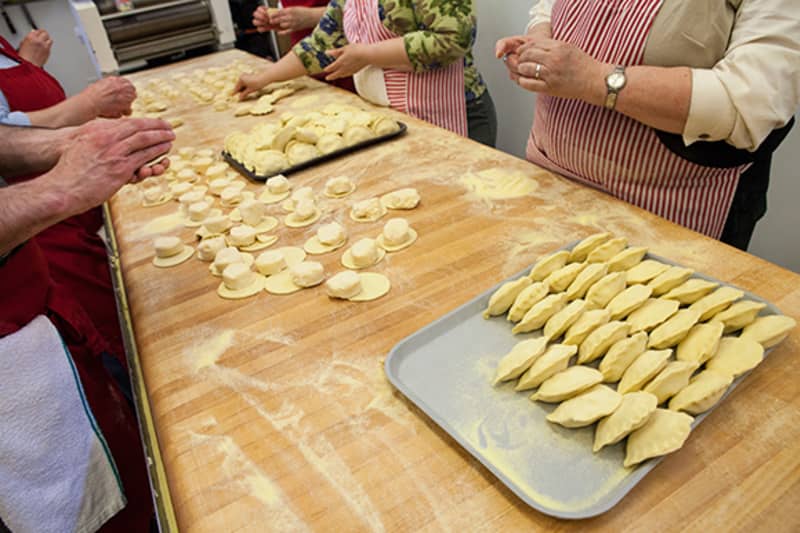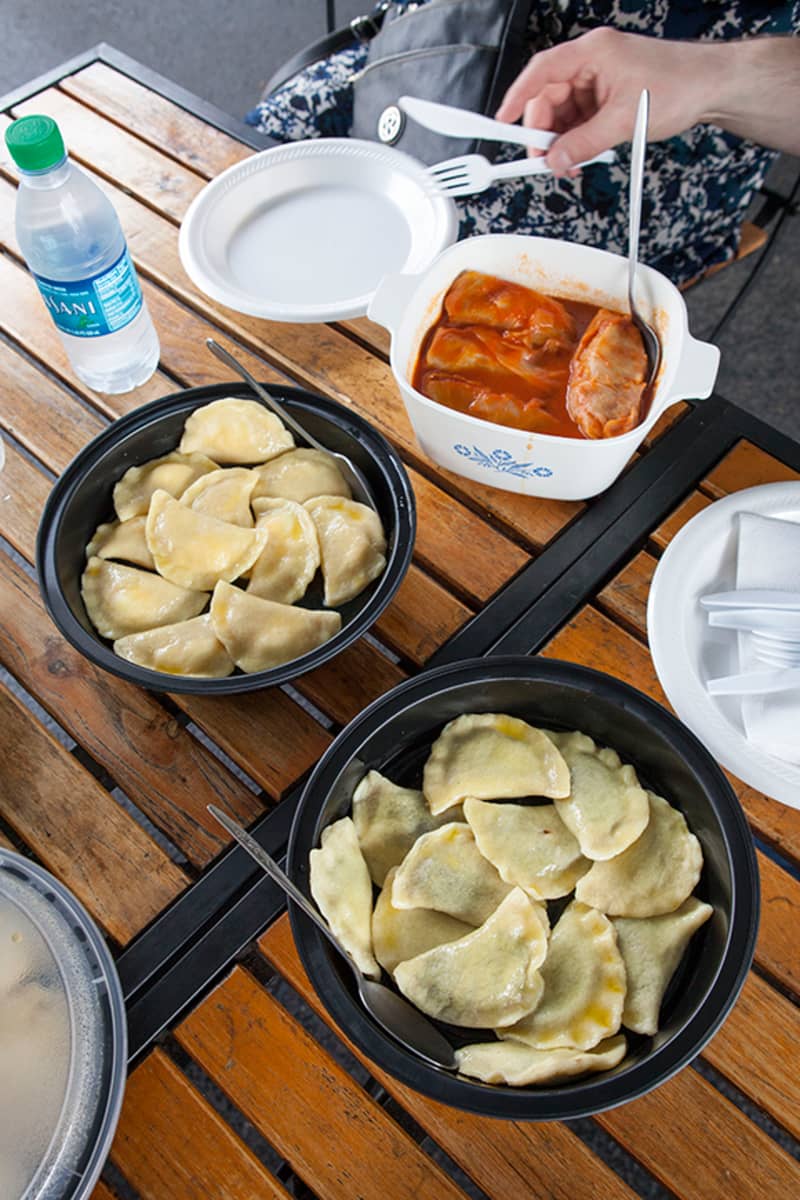Cook’s Country executive food editor Bryan Roof and I recently visited Pittsburgh in the name of recipe research, and in search of regional fare (specifically pierogi). In this post, we visit classic Pittsburgh joints such as Emil’s Lounge, Pierogies Plus, and Mancini’s in search of the best food the city has to offer. Here are some photographs of our travels.
You can recreate some of the dishes we tasted on the road in Pittsburgh with our recipes for Potato-Cheddar Pierogi and Potato-Sauerkraut Pierogi.




























